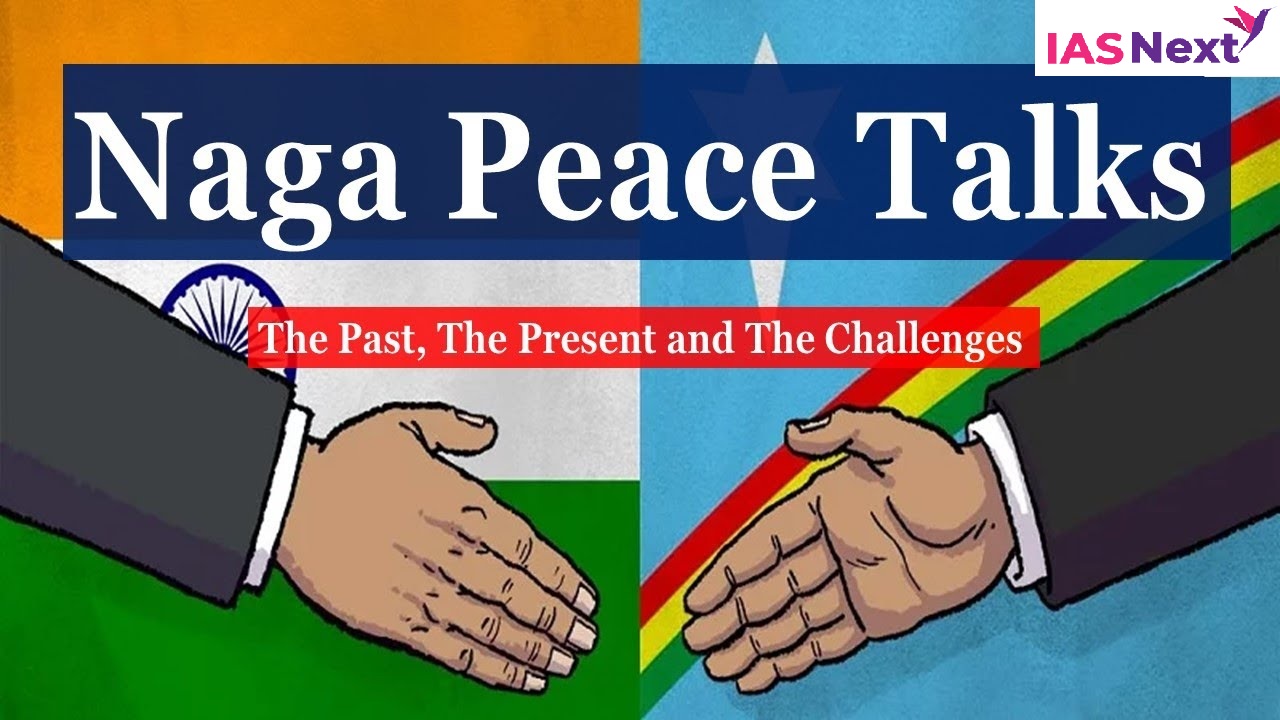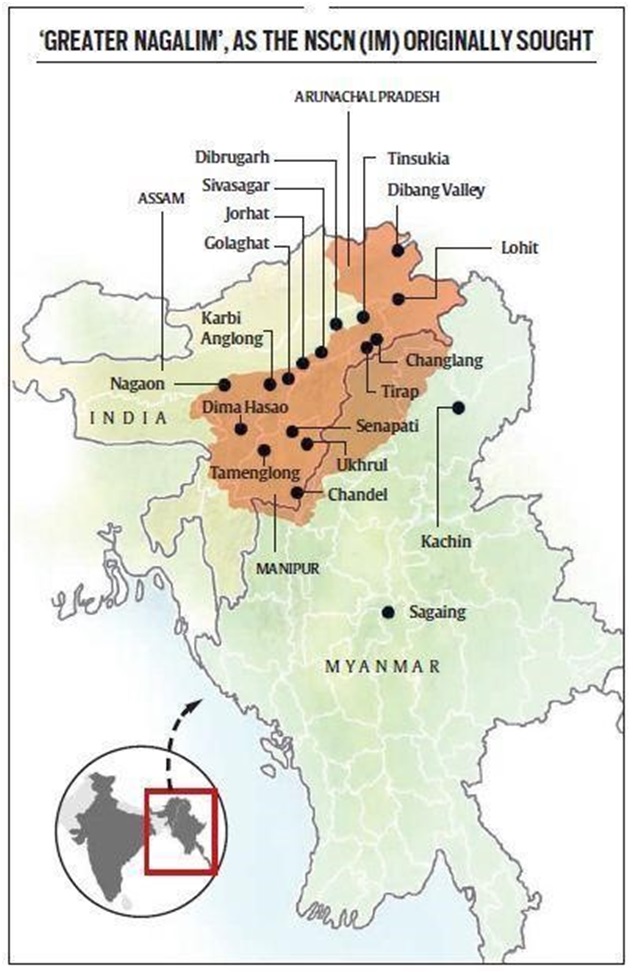CURRENT AFFAIRS
Get the most updated and recent current affair content on Padhaikaro.com
Naga peace process
- IAS NEXT, Lucknow
- 13, Apr 2022

Reference News:-
The chief of the Khaplang faction of the National Socialist Council of Nagaland, or NSCN (K), has said a solution to the “Indo-Naga political issue” would be possible if all the Naga political groups come together with a common draft.
Background:
The process has been ongoing since mid-1997 when the NSCN (I-M) declared a ceasefire with the armed forces. Other groups began opting for talks in 2001. However, it has been put in a cold storage” since the Framework Agreement was signed on August 3, 2015.
How old is the Naga political issue?
- Pre- independence:
- The British annexed Assam in 1826, and in 1881, the Naga Hills too became part of British India. The first sign of Naga resistance was seen in the formation of the Naga Club in 1918, which told the Simon Commission in 1929 “to leave us alone to determine for ourselves as in ancient times”.
- In 1946 came the Naga National Council (NNC), which declared Nagaland an independent state on August 14, 1947.
- The NNC resolved to establish a “sovereign Naga state” and conducted a “referendum” in 1951, in which “99 percent” supported an “independent” Nagaland.
- Post- independence:
On March 22, 1952, the Naga Federal Government (NFG) and the Naga Federal Army (NFA) were formed. The Government of India sent in the Army to crush the insurgency and, in 1958, enacted the Armed Forces (Special Powers) Act.
Agreement in this regard:
- The NSCN (IM) entered into a ceasefire agreement with the Centre in 1997 and the two have been holding talks since then, while a conglomerate of seven different Naga national political groups (NNPGs) also got into separate talks with the Centre in 2017.
- The Centre signed a “framework agreement” with NSCN (IM) in 2015, and an “agreed position” with the NNPGs in 2017. However, the NSCN (IM)’s demand for a separate Naga flag and constitution has been a delaying factor in signing a final deal on the protracted Naga political issue.

2015 Framework Agreement (FA):
On August 3, 2015, the Centre signed a framework agreement with the NSCN (I-M) to resolve the Naga issue.
Broad points included:
- The government could go for devolution of more powers to Nagaland under provisions of Article 371 (A) of the Constitution of India.
- The army of NSCN-IM will be absorbed in a new force to be raised on the lines of Home Guards.
- It would involve more autonomy to Naga tribes living in Manipur.
- The agreement, however, does not include physical integration of all Naga Areas in terms of a boundary.